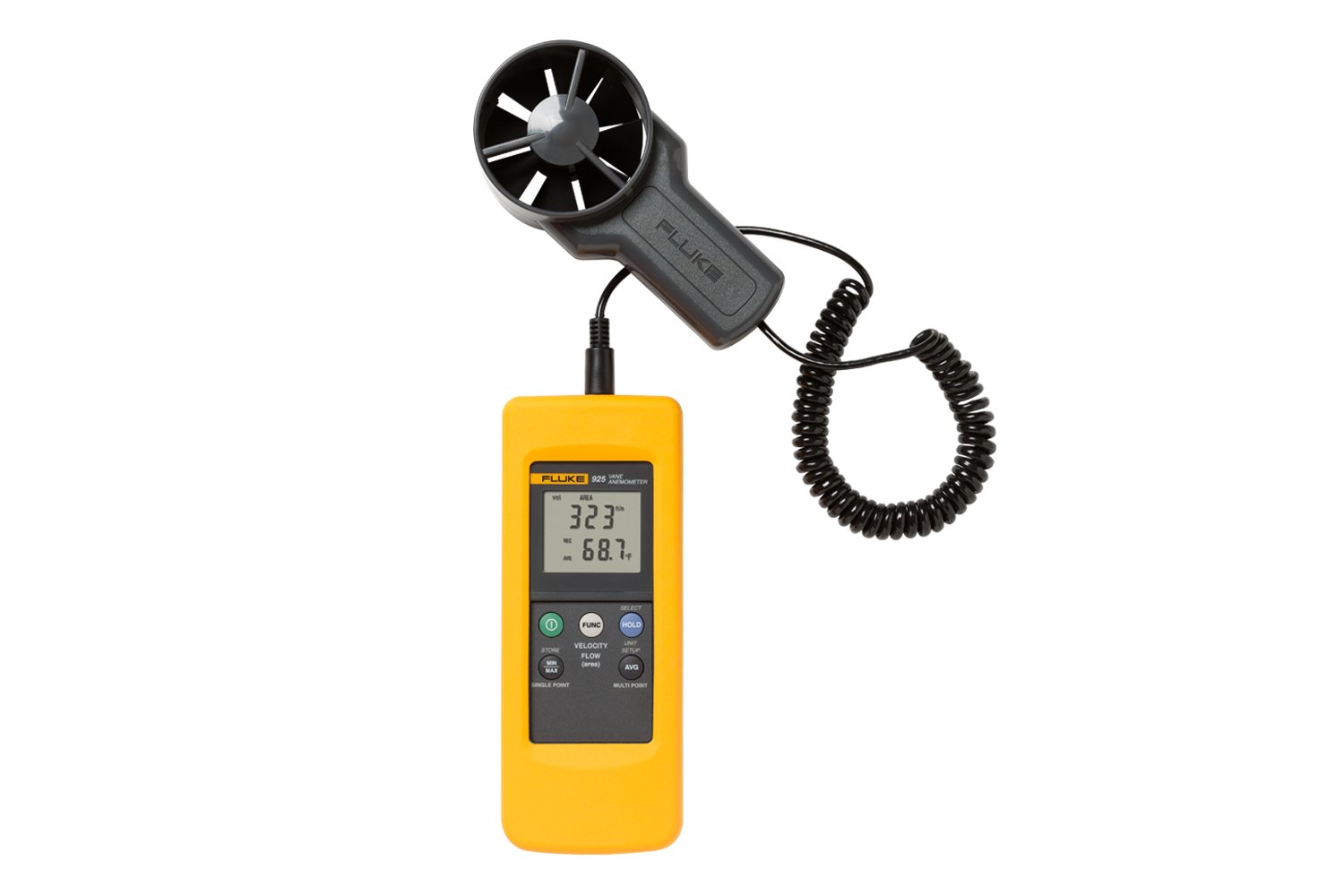Understanding Various Kinds Of Anemometers for Various Applications
Wiki Article
Discovering the Features and Benefits of Anemometers for Weather Condition Lovers and Specialists
From cup anemometers to sonic anemometers, each kind brings its special set of advantages and applications, dropping light on various facets of atmospheric problems. As we dig into the functions and benefits of anemometers, a deeper understanding emerges not only of prevailing weather phenomena but additionally of the wider implications for fields like wind power manufacturing and environmental research study.Value of Anemometers in Weather Condition Tracking
Anemometers play a critical duty in climate tracking by giving accurate dimensions of wind speed, helping in forecasting and understanding weather patterns. These tools, ranging from traditional mug anemometers to modern ultrasonic anemometers, are essential for meteorologists, researchers, and climate enthusiasts alike.
Kinds Of Anemometers and Their Applications
The most usual types of anemometers consist of cup anemometers, vane anemometers, hot-wire anemometers, and ultrasonic anemometers. Cup anemometers are composed of 3 or 4 cups placed on horizontal arms that revolve with the wind, determining its speed. Vane anemometers, on the other hand, make use of an easily revolving vane to line up with the wind direction, offering both wind rate and instructions measurements.Cup anemometers are suitable and robust for basic weather condition monitoring, while vane anemometers are preferred for directional dimensions. Ultrasonic anemometers are non-intrusive and offer high accuracy, frequently utilized in research study and specialized weather condition tracking applications.
Advantages of Making Use Of Anemometers in Forecasting
In weather forecasting, the use of anemometers uses important benefits for improving the accuracy of climate projecting. Anemometers gauge wind speed and direction, providing crucial data for forecasting climate patterns. By including wind data right into forecasting designs, meteorologists can better recognize the motion of weather systems, anticipate changes in atmospheric problems, and problem more accurate projections.
Moreover, anemometers play an essential duty in analyzing potential weather risks. Keeping track of wind speeds helps forecasters anticipate severe weather occasions such as storms, hurricanes, and winter storms with better accuracy. This very early caution system enables authorities to release prompt signals and apply essential safety and security actions, decreasing the threats to life and home.
In addition, anemometers assist in optimizing renewable resource manufacturing. By analyzing wind patterns, meteorologists can recognize suitable areas for wind ranches and forecast power output, adding to the effective generation of wind power.

Anemometers in Wind Energy Manufacturing
Given the essential role anemometers play in supplying exact wind information for weather forecasting and risk evaluation, their value includes the realm of wind energy production. Anemometers are important tools in the field of wind energy, where the measurement of wind rate and direction is important for identifying the feasibility and effectiveness of wind generator installments. By accurately gauging wind speeds at varying heights, anemometers assist optimize the placement and style of wind generators to make the most of power output.In wind farms, anemometers are strategically put to gather real-time wind data that is used to evaluate the possible power production of a site. This information contributes in establishing the economic feasibility of wind power jobs and in forecasting power generation to ensure grid security. Additionally, anemometers aid in monitoring wind problems to optimize turbine performance, prevent damages from useful reference high winds, and make certain the safety and security of workers operating in the vicinity of wind generators.
Enhancing Weather Condition Understanding With Anemometers

Anemometers play a key role in boosting our understanding of microclimates. These local weather can vary considerably from wider local projections, making it important to have exact information for particular areas. anemometer. By purposefully putting anemometers in various areas, researchers can gather comprehensive information on exactly how wind acts in various terrains, urban atmospheres, or bodies read this article of water
Furthermore, anemometers add to improving weather projecting versions by giving real-time information on wind habits. This information is especially useful for forecasting severe weather condition occasions, optimizing agricultural practices, and supporting markets like air travel and maritime navigation. On the whole, anemometers are indispensable tools that allow us to dig much deeper into the intricacies of weather condition systems, eventually bring about even more better-informed choices and precise predictions.
Verdict
In verdict, anemometers play an important duty in weather tracking and forecasting by determining wind rate and instructions. Anemometers likewise have applications in wind power manufacturing, additional highlighting their relevance in both meteorology and sustainable power fields.From mug anemometers to sonic anemometers, each kind brings its unique collection of applications and benefits, losing light on numerous facets of climatic problems. These instruments, varying from standard mug anemometers to modern ultrasonic anemometers, are vital for meteorologists, scientists, and climate fanatics alike. The most typical types of anemometers include mug anemometers, vane anemometers, hot-wire anemometers, and ultrasonic anemometers. Mug anemometers are durable and ideal for general climate monitoring, while vane anemometers are preferred for directional measurements. Anemometers are crucial tools in click now the field of wind power, where the measurement of wind speed and direction is vital for identifying the feasibility and effectiveness of wind turbine installments.
Report this wiki page